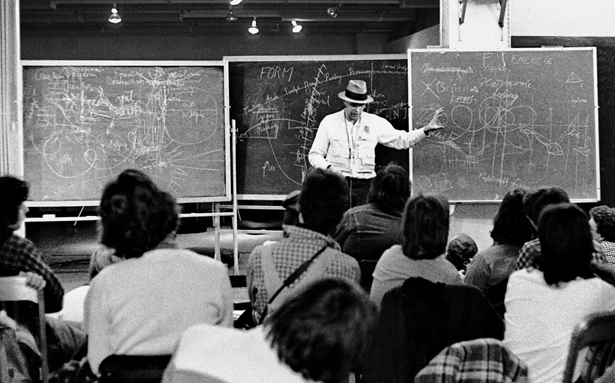Inclusivity Artefact Proposal and Feedback Discussion

Inclusivity Artefact Proposal
Racial Bias in Language
Primarily teaching history and theory in art and design I’m very interested in the power of language, in both written and conversational forms. In her writing and lectures Dr. Robin DiAngelo splits racism and racial bias into two categories that work to enforce each other. Firstly there are the more apparent individual acts of prejudice, and secondly how these coalesce into group prejudice which create and become enforced by institutional power over time — something harder to see because its bigger than individuals and specific culprits.
For my artefact project I would like to introduce a third category; language as an underlying power system that underlines these more apparent systems of bias. By this I’m not referring to overtly racist language, but everyday conversation and expression that may seem innocent on the surface but is actually a construct of racially biased power systems. We shape language, and language collectively shapes us in such a subtle way that we may not be aware of it. Therefore, my teaching artefact will be a type of multi sided dice, which on one face will have a statement, a commonplace sentence, and on the opposing face will state what that sentence actually means — the racially biased flip side of everyday language. This will hopefully raise awareness of how when we say one thing, this actually means something else that is part of a collective and controlling system of meaning rather than individual expression, and that might be why we are not aware of its true meaning.
For example, one side of the multi sided dice could be inscribed with something seemingly objective such as ‘I can’t be racist, my best friend is a person of colour.’ And then the opposing side will reveal how this is part of a shared system of linguistics that enable people to ignore race issues.
Feedback from Marsha Bradfield
The artefact should be an intervention into your teaching practice
By saying the artefact should be ‘student focused’ doesn’t mean just your students, but students as a whole
It might be worth considering piloting it with students of colour
My response: might be beneficial to do this with a cross section of student groups
From these tests you might find there is a certain type of language that is more dominant
You should explore how this artefact will change dependent on the course and different types of language used
It’s interesting that the artefact approaches the subject form an angle
How would teaching online change this artefact? How would its form change?
Could you post it to people, so they could write their own language on it, and use it to communicate with different people?
What is the guide or framework that makes sure people can use it effectively?
Recycling? Maybe the person could use it once, and then use it again as something else? If the object is mutable it will reduce the stigma attached to it.
Think of it in the context of heirlooms, or game such as spinning tops.
Feedback for Marsha Bradfield
Marsha’s artefact is a short course on tackling white fragility
We spoke briefly about the Dr. Robin DiAngelo video and about how she might echo the harsh binary positions she criticises; dividing people into woke (have watched and understood the video) and not woke (not watched the video yet)
Marsha would like to examine how whiteness is constructed
– The artefact itself will be an advert for the short course, focusing on how whiteness is constructed in popular sculpture
– How can you approach the subject obliquely? From my experience approaching these issues directly often militates dialogue and discussion
What kind of language will you use?
– Could Barthes’ Death of the Author concept be useful? I guess you want to set the framework for discussion rather than be too didactic
How would you pilot the study?
How would you get people of different social backgrounds to London? Organising this online might be useful
Could you envisage the workshop as a performance? This would mean considering how and where people are sitting… maybe some suggestions around how they move and interact, but not in regard to topics of discussion. Everything should be oblique suggestion perhaps.

I think this artefact will be a very helpful way to enable conversations and learning around anti-racism to take place. I like the idea of it being in various languages as it will have a wider reach. Lastly, I think it would be good to get some initial feedback from students on your proposed artefact.
Hi Linett, thanks for your feedback. The idea of getting some initial feedback from the students is a really interesting idea. To do this I think I may distribute the ‘dice’ without any words and allow the students to fill in the gaps themselves. I think this will work well because I’ve always been interested in how you can create a framework for people to interact with rather than being didactic——perhaps this in itself helps limit my own bias. Let me know if you have any further thoughts! Thanks!